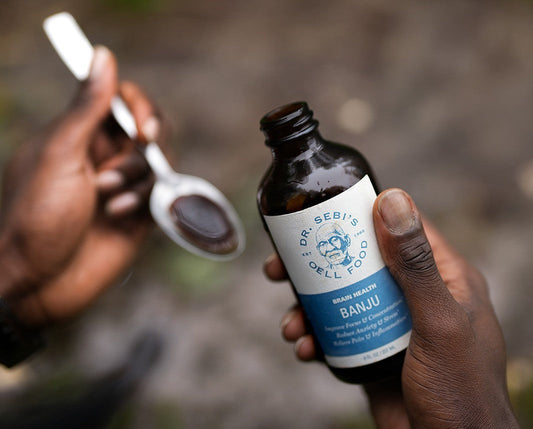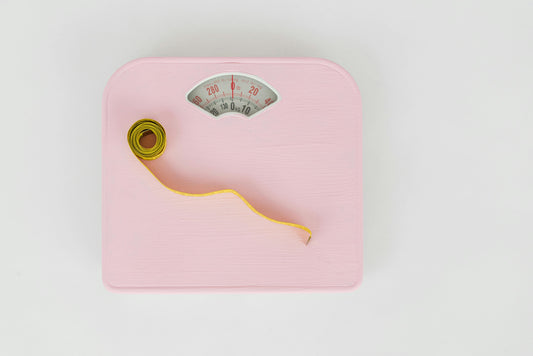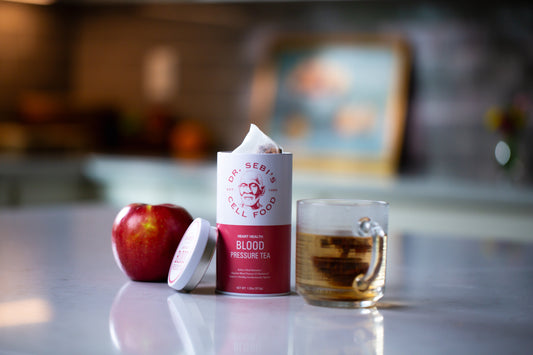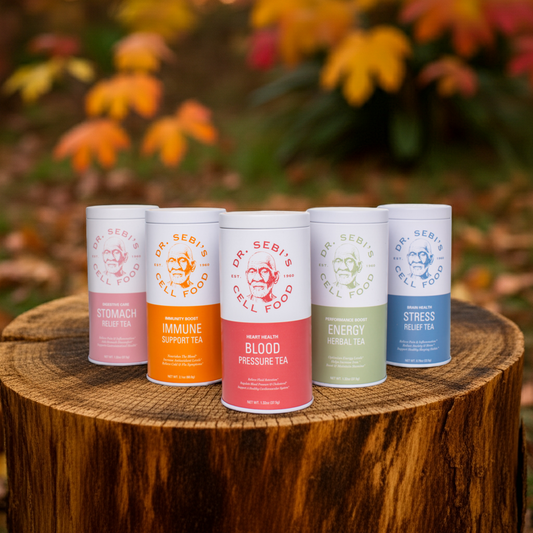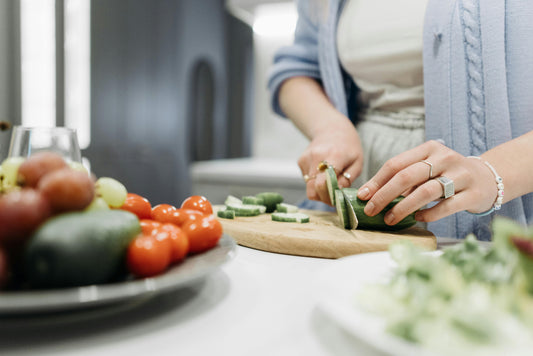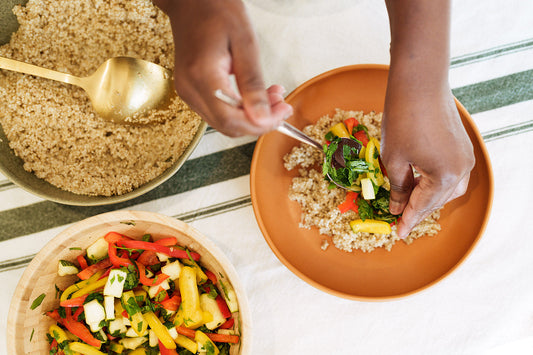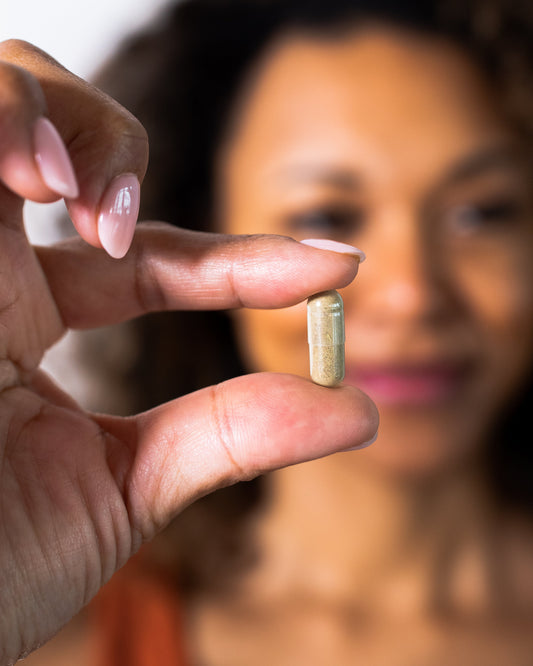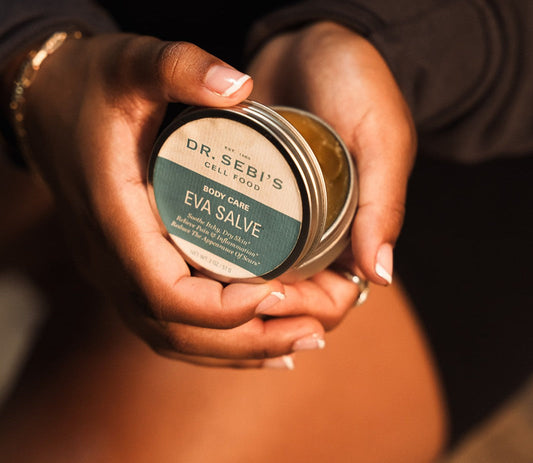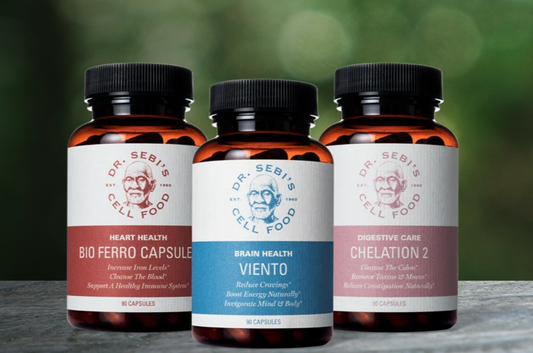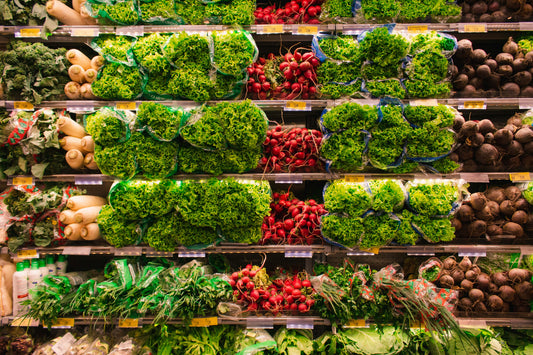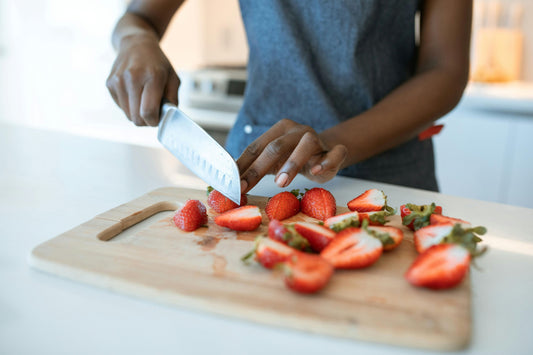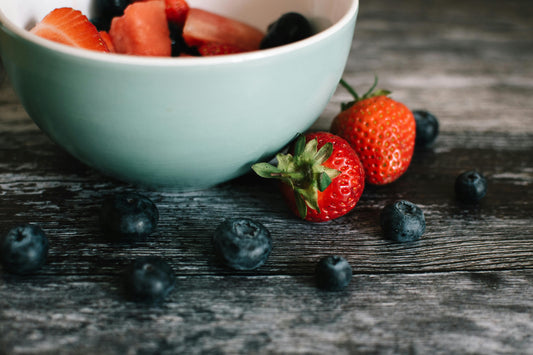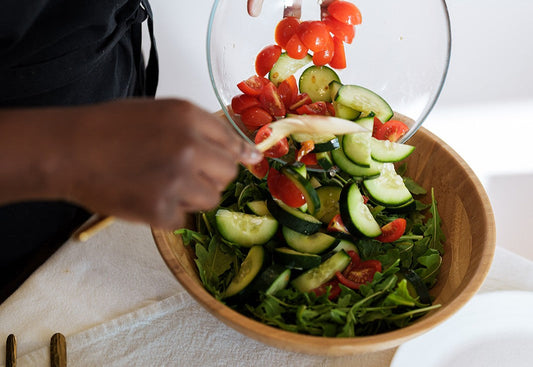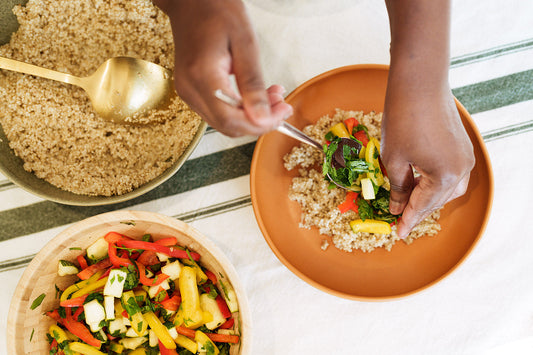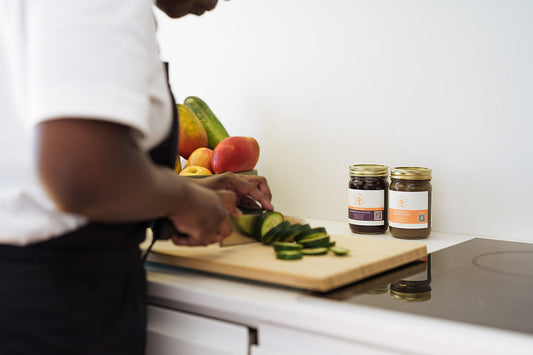Raising children in today’s world comes with unique challenges, especially when it comes to nutrition. School cafeterias, fast food, and sugary snacks compete with parents’ desire to give their kids the healthiest foundation possible. For families inspired by Dr. Sebi’s teachings, the question becomes: how do we transition kids to an alkaline lifestyle in a way that is practical, enjoyable, and sustainable?
This article explores the benefits of an alkaline diet for children, the common obstacles families face, and concrete tips to make the journey smoother. Drawing from Dr. Sebi’s Nutritional Guide, it offers practical steps for building meals, managing picky eaters, and helping kids fall in love with natural, living foods.
Why an Alkaline Diet Matters for Kids
Children are constantly growing, learning, and adapting. Their bodies need minerals, hydration, and clean energy to support these processes. Unfortunately, most conventional diets are filled with processed grains, dairy, refined sugars, and acidic animal products that create inflammation and deplete minerals.
An alkaline diet benefits kids by:
- Supporting Growth: Minerals like calcium, magnesium, and iron are abundant in alkaline foods and crucial for bone and blood development.
- Boosting Immunity: Fresh fruits and herbs like elderberry and burdock strengthen the body’s defenses.
- Improving Focus and Mood: Whole, nutrient-dense foods reduce sugar crashes and stabilize energy.
- Preventing Chronic Issues: By avoiding mucus-forming foods, kids are less prone to congestion, allergies, and digestive issues.
Common Challenges Families Face
Transitioning children to an alkaline diet is not always simple. Families often encounter:
- Taste Resistance: Kids are accustomed to processed flavors engineered to be addictive.
- Peer Pressure: At school, kids may feel left out if their lunch looks different.
- Time Constraints: Busy schedules make packaged foods tempting.
- Parental Overwhelm: Parents may feel pressured to change everything overnight.
Recognizing these challenges helps families approach the transition with patience and creativity.

Alkaline Foods Suitable for Kids (from Nutritional Guide)
Fruits
- Seeded grapes
- Mango
- Papaya
- Melons (seeded)
- Figs and dates
- Berries (strawberries, blueberries, raspberries, blackberries)
Vegetables
- Cucumbers
- Zucchini
- Squash
- Cherry tomatoes
- Bell peppers
Leafy Greens (best in smoothies or soups for kids)
- Kale
- Dandelion greens
- Amaranth greens (callaloo)
- Watercress
Grains
- Quinoa
- Fonio
- Spelt (bread or pasta)
- Wild rice
Nuts & Seeds
- Walnuts
- Hemp seeds
- Brazil nuts
- Sesame (tahini paste works well)
Herbs & Teas
- Chamomile (calming)
- Elderberry (immune support)
- Ginger (circulation and digestion)
Practical Tips for Transitioning
1. Start with What They Already Like
Instead of reinventing every meal, make small swaps. Replace spaghetti with spelt pasta, or chips with sliced cucumbers sprinkled with olive oil, key lime, and sea salt.
2. Focus on Smoothies
Smoothies are a parent’s secret weapon. Blend mango, grapes, or papaya with kale or watercress. Kids enjoy the sweetness without realizing they are eating greens.
3. Make Snacks Fun
Snack time can make or break the transition. Dates stuffed with walnuts, fruit skewers, or homemade “trail mix” with hemp seeds and Brazil nuts keep kids satisfied without processed sugar.
4. Involve Kids in the Process
Take them shopping and let them pick fruits or herbs. Involve them in cooking simple dishes, like stirring quinoa or blending smoothies. Ownership makes kids more likely to try new foods.
5. Model the Behavior
Children copy adults. If parents eat alkaline foods with enthusiasm, kids will follow. Family meals should feel joyful, not restrictive.
Sample Kid-Friendly Alkaline Meals
Breakfast
- Quinoa porridge with figs and hemp seeds, sweeten with agave or date sugar.
- Papaya slices with lime.
Lunch
- Spelt pasta with homemade tomato sauce.
- Wild rice with sautéed kale and avocado oil.
Snacks
- Seeded grapes.
- Dates stuffed with walnuts.
- Smoothie with mango and kale.
Dinner
- Fonio with steamed squash and watercress.
- Soup made with zucchini, bell peppers, and herbs.
Overcoming Resistance
- For Picky Eaters: Start with sweeter fruits like mango and figs before introducing bitter greens.
- For School Lunches: Pack easy, finger-friendly items—grapes, cucumbers, or spelt wraps.
- For Social Events: Bring a platter of seeded fruit or nut-based treats so kids don’t feel left out.
FAQs
Q: Do kids need supplements on an alkaline diet?
A: Whole foods from the Nutritional Guide provide abundant minerals and nutrients. Herbs like elderberry or burdock can be added for extra support.
Q: How fast should I transition my child?
A: Gradually. Start with one alkaline meal a day and build from there. Slow transitions are more sustainable. Start them young if possible.
Q: What if my child refuses greens?
A: Blend them into smoothies or soups. Pair bitter greens with sweet fruits to balance flavors.
Q: Is it safe for kids to avoid dairy?
A: Yes. Calcium and magnesium are abundant in leafy greens, sesame seeds, and walnuts—without the mucus-forming effects of dairy.
Dr. Sebi’s Perspective
Dr. Sebi believed that children should be nourished with foods that build life, not drain it. His Nutritional Guide emphasizes simple, natural foods that cleanse and energize. For him, feeding children alkaline foods was not just about preventing disease but about giving them the vitality to live fully and in alignment with nature.
Conclusion
Transitioning kids to an alkaline diet may seem daunting, but it is one of the most powerful gifts parents can give. With patience, creativity, and consistency, families can replace processed foods with fruits, greens, grains, and herbs that truly nourish.
The result is not just healthier children but a new family culture centered on vitality, connection, and respect for nature’s design.













